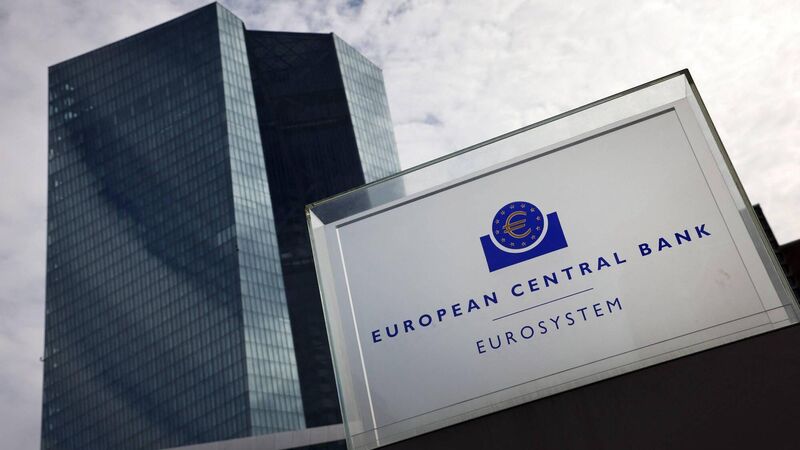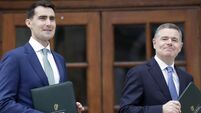Scale of European Central Bank rate hike on Thursday goes down to the wire

There is a broad agreement within the ECB’s governing council that the deposit rate, currently 3%, must rise further.
This week’s interest-rate decision by the European Central Bank is going down to the wire as officials await two key economic reports arriving just one day before they convene.
Tuesday morning will first see the release of the ECB’s quarterly survey of bank lending — offering a first glimpse into how the recent financial-sector turmoil has impacted credit growth.
An hour later, Eurostat will publish April’s inflation reading, with analysts estimating an uptick in the headline measure but a slowdown for the underlying gauge that policymakers currently pay more attention to. In Ireland, annual consumer prices rose 7.7% in March, down from 8.5% in February.
There is a broad agreement within the ECB’s governing council that the deposit rate, currently 3%, must rise further to combat consumer-price gains that still far exceed the 2% target.
But unlike at previous meetings, when many officials voiced their preferences for adjusting borrowing costs beforehand, the importance of the remaining data points — not to mention Wednesday’s US Federal Reserve decision — leaves the choice between a 25- or 50 basis-point hike up in the air.
chief European economist Jamie Rush said the eurozone was resilient through the winter, but not so resilient as to raise alarm among members of the governing council.
Investors reckon the lesser move is likelier, assigning only a 12% chance to the alternative. For Gilles Moec, chief economist at Axa, a quarter-point is the base case. But a big shock in Tuesday’s data could yet tilt the governing council toward doing more.
“If we get an upside surprise in inflation, plus a benign bank lending survey, then they might go for 50,” he said.
Indeed, numbers released late last week pointed to an uneven trajectory for the 20 members of the eurozone.
While it avoided an energy-induced winter recession as France and Italy returned to growth and Spain gathered momentum, Germany only narrowly dodged a downturn with first-quarter stagnation.











